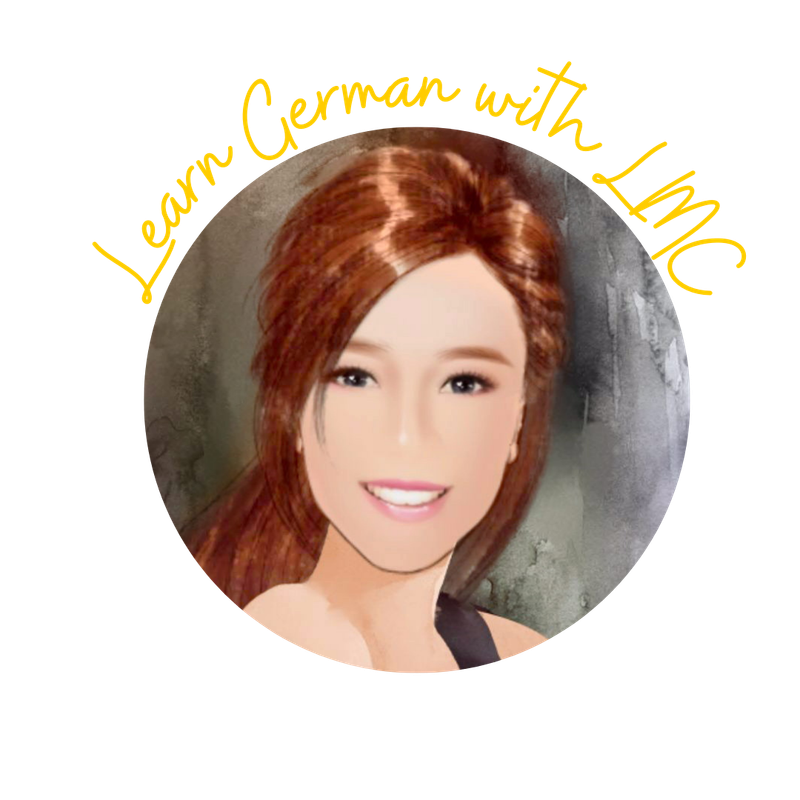Let us start and learn German A1 by knowing how to introduce ourselves. You must definitely know these to pass the German A1 exam. Have a quick look at ways to introduce yourself.
- Ich heiße Jenny Dewati.
- Mein Name ist Walter Peters.
- Ich bin Sandra Jameson.
- Ich bin Tom.
There are two ways to introduce ourselves in German, the formal and the informal way.
If you would like to introduce yourself in german in an informal situation, you would say:
“Hallo! Ich heiße…” (Hello! I am called…)
“Hallo! Ich bin…” (Hello! I am…)
Ich heiße literally means “I am called.” You can say your first name, or your first name and last name; it would depend on the situation.
For informal or casual situations, if you want to know the name of the person you are talking to, you can add:
“Und du?” (And you?)
If you want to introduce yourself in a formal situation, you would say:
“Guten Tag. My Name ist…” (Good day. My name is…)
And if you want to know the name of the person you are talking to, you can add:
“Und Sie?” (And you?)
You can also be the first one to ask a person's name. Here are the phrases you may use:
What are you called?
Informal: Wie heißt du?
Formal: Wie heißen Sie?
Where are you from?
Of course, you may want to ask the other person where they come from, here are some of the ways to ask them:
Where are you from?
Informal: Woher kommst du?
Formal: Woher kommen Sie?
Who is that?
To ask a person who the another person is, you can say:
Wer ist das?
You can answer:
Das ist...
In a formal situation, you normally give your whole name. You can see it with the first two sentences from the list above.
In an informal or casual situation, you can just give your first name, as seen in the third and fourth sentences in the list above.
du and Sie
There are two words that mean "you" in german; du and Sie.
We use the informal address “du” when talking to kids, friends, family or people we know well. We use the formal address “Sie” to politely address a stranger or someone significantly older. The polite form “Sie” is always capitalized, even in the middle of a sentence.
Dialogues Practice
Here are more examples of simple German A1 dialogues. Practice by reading them out loud. See if you understand everything.
Dialogue 1
● Guten Tag.
■ Guten Tag.
● Ich heiße Elif Demirci. Wie heißen Sie?
■ Ich heiße Jose Santos.
● Woher kommen Sie?
■ Ich komme aus Portugal. Und Sie?
● Ich komme aus der Türkei.
Dialogue 2
● Hallo, wie heißt du?
■ Paul, und du?
● Ich bin Maria. Woher kommst du?
■ Aus Hamburg, und du?
● Aus Spanien, aus Madrid.
■ Schön, dich kennenzulernen.
● Es ist auch schön, Sie kennenzulernen.
■ Bis später. Tschüss!
● Tschüss, bis später!
Dialogue 3
● Guten Tag, ich bin Frau Schmidt.
■ Guten Tag, Frau Schmidt.
● Wie heißt du?
■ Sergio.
● Wie bitte?
■ Sergio.
● Wie schreibt man das?
■ Ich buchstabiere: S-E-R-G-I-O
● Woher kommst du?
■ Aus Mexiko, aus Polanco.
● Willkommen, Sergio!
Dialogue 4
● Guten Tag, ich bin neu hier in München. Ich heiße Pedro Silva.
■ Entschuldigung, wie heißen Sie?
● Mein Name ist Silva. Pedro Silva.
Dialogue 5
● Guten Tag! Wie heißen Sie, bitte?
■ Müller.
● Und der Vorname?
■ Anton.
● Wo wohnen Sie, Herr Müller?
■ Ich wohne in Frankfurt, Goethestraße 5.
● Danke, Herr Müller. Willkommen.
■ Danke. Auf Wiedersehen.
In the next lesson, we are going to learn about the German articles: der, die and das.
To go back to the lessons list, click here.



0 Comments